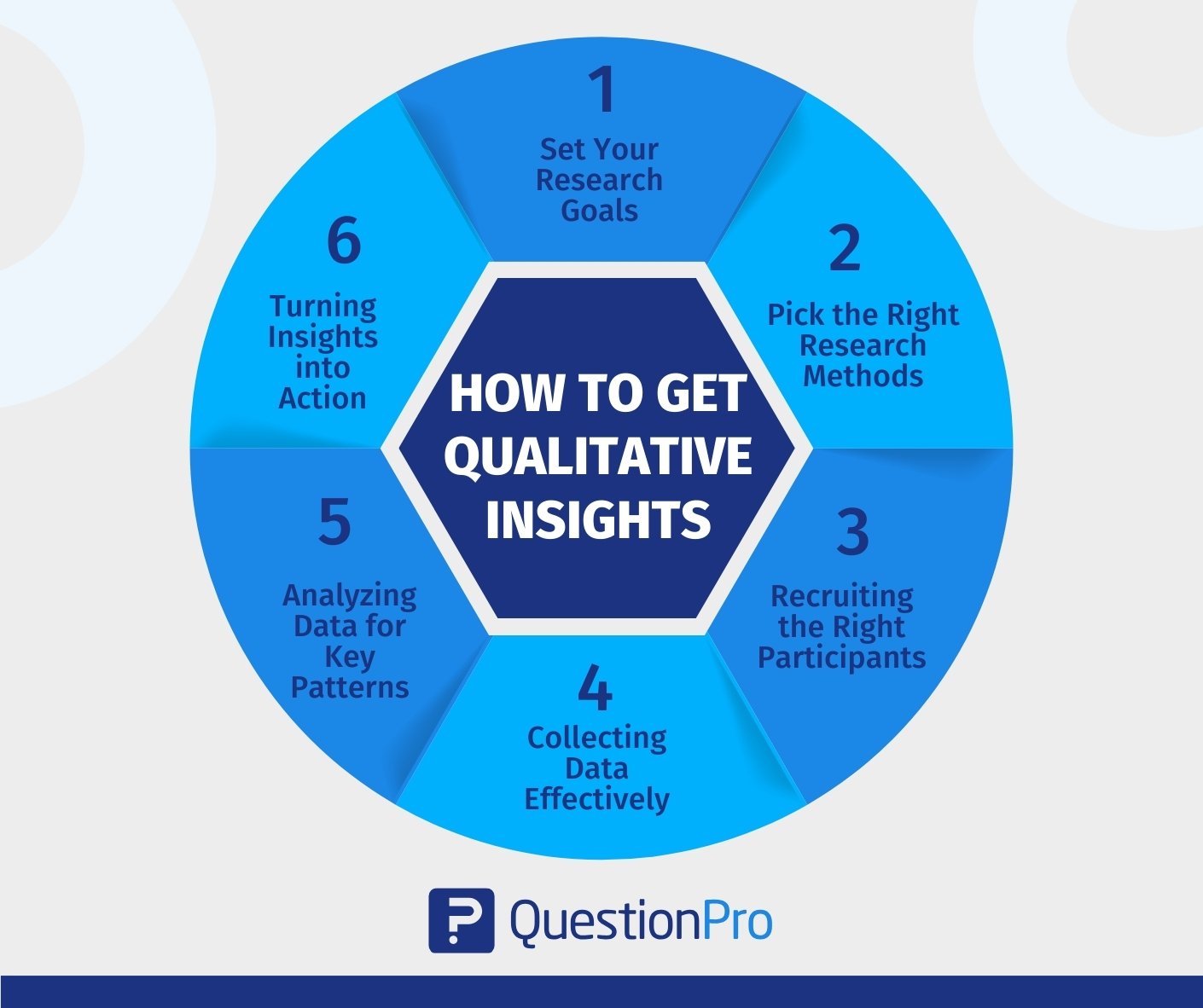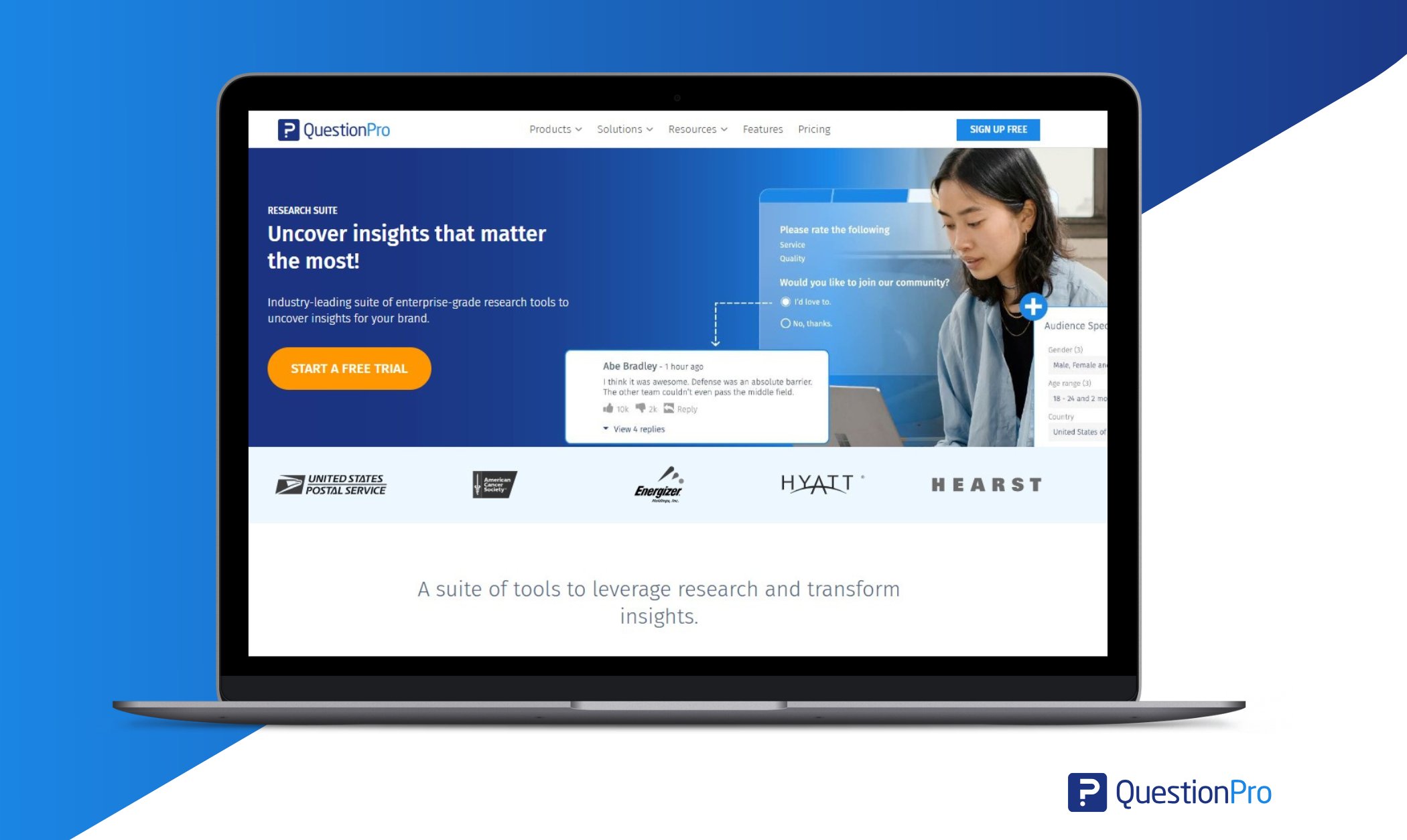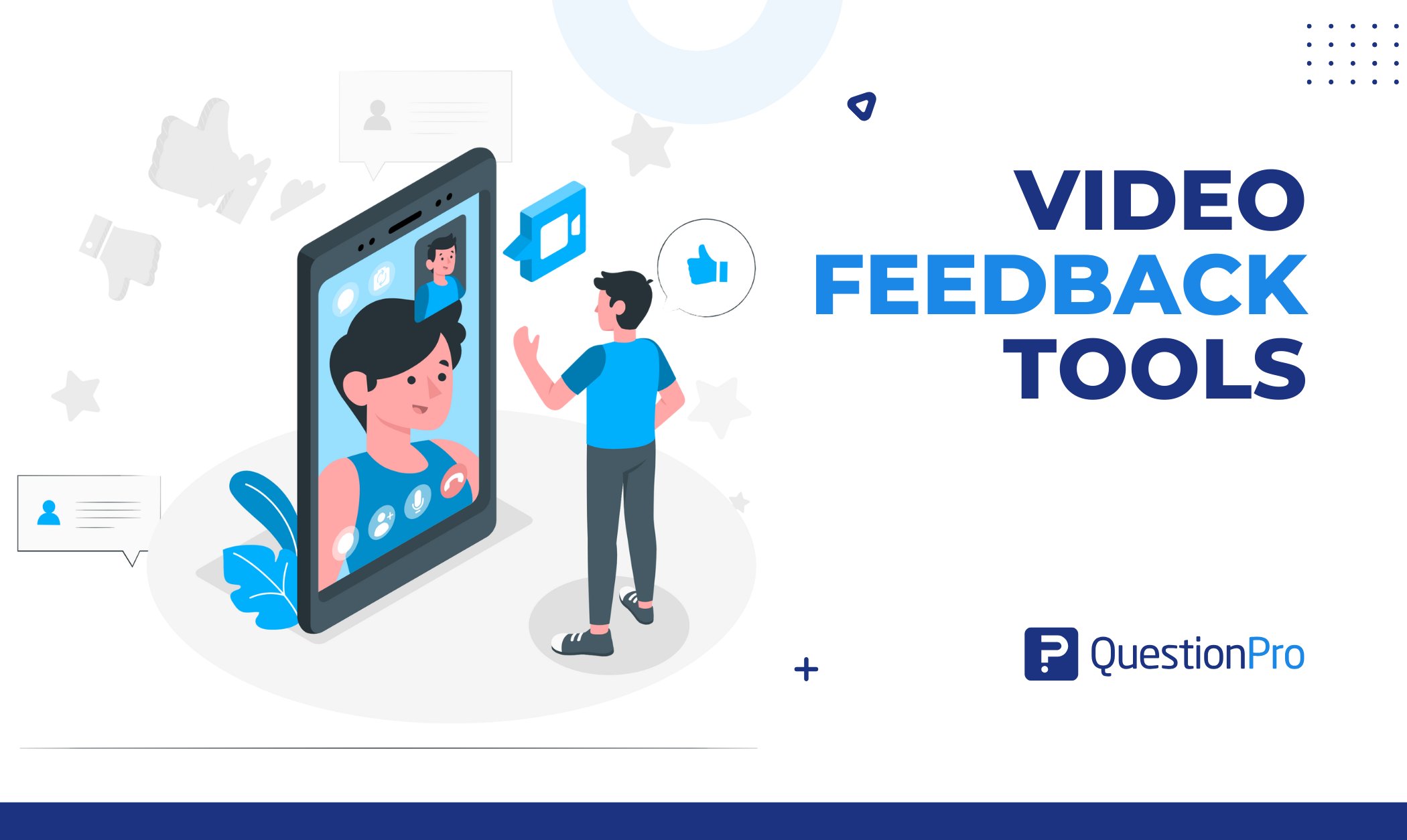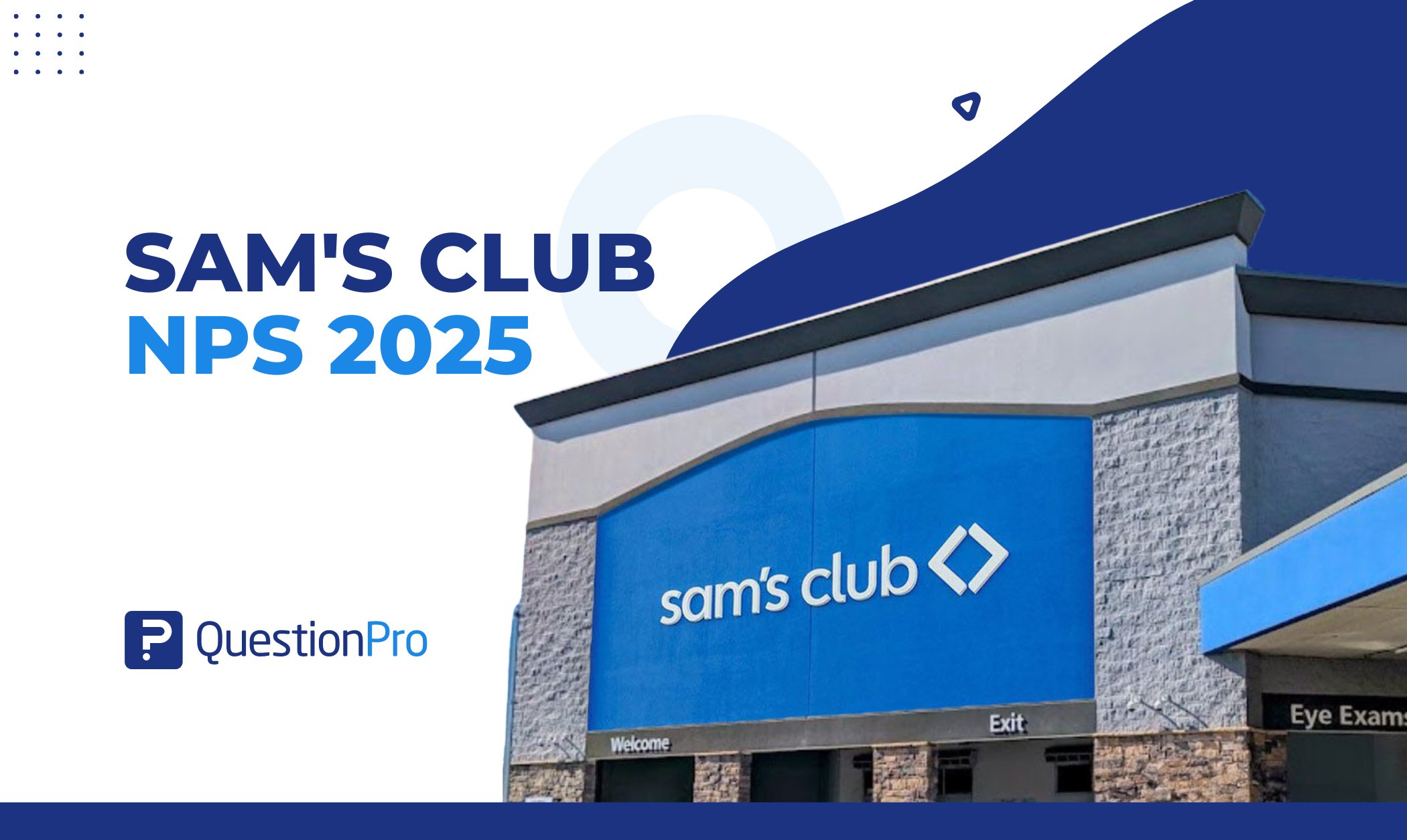
Numbers can only tell part of the story in a data-driven world. However, qualitative insights go beyond the numbers to understand the motivations, emotions, and context behind human decisions.
By collecting detailed stories, behaviors, and perspectives, qualitative insights expose the underlying why behind actions, empowering organizations to make decisions that align with people’s real experiences.
In this post, we will explain qualitative insights and methods, how to get them, and the differences between quantitative and qualitative insights. Let’s become experts on qualitative research.
What Are Qualitative Insights?
Qualitative insights provide a deep understanding of human behavior, motivations, and experiences. Unlike quantitative data (numbers and statistics), they capture the why and how behind actions through rich, narrative-based sources like interviews, observations, and open-ended questions.
These insights reveal emotions, cultural context, and unmet needs so businesses, researchers, and organizations can make decisions based on real human perspectives.
Qualitative insights are exploratory, digging beneath the surface-level trends to understand the underlying reasons behind human behavior and decisions. Most importantly, they are actionable, informing product design, marketing strategies, and policy-making by keeping human experience at the heart of the decision.
Learn More: The Complete Guide of Qualitative Market Research.
Methods of Gathering Qualitative Insights
Qualitative research uses many methods to capture rich, detailed perspectives. Let’s talk about the most common qualitative methods:
1. In-Depth Interviews
In-depth interviews are structured yet flexible one-on-one conversations that explore participants’ personal experiences, motivations, and decision-making through open-ended questions.
Best for: Getting deep personal perspectives that surveys can’t get.
2. Focus Group
Focus groups are moderated group sessions where 6-10 people discuss specific topics while researchers observe natural interactions and group dynamics.
Best for: Understanding social influence and collective attitudes.
3. Direct Observation
Direct observation is a systematic research method in which behaviors, interactions, and processes are carefully documented in natural settings, such as stores, workplaces, or public spaces.
Best for: Revealing authentic user behaviors that participants might not verbally report, and understanding environmental influences on actions.
4. Ethnographic Research
Ethnographic research involves immersive, real-world observation in which researchers study behavior and social interactions within natural environments, such as homes, workplaces, or community settings.
Best for: Revealing unspoken cultural norms and real-world behavior.
5. Open-Ended Survey
Open-ended surveys collect qualitative text responses where participants can explain their perspectives, experiences, and reasoning in their own words without multiple-choice answers.
Best for: Collecting qualitative data alongside quantitative metrics.
6. Longitudinal Case Studies
Case studies are in-depth examinations of specific individuals, organizations, or situations over weeks, months, or years to understand patterns of change.
Best for: Studying complex, evolving situations in the real context.
Learn More: Qualitative research methods with examples.
Benefits of Qualitative Insights
Qualitative insights offer things numbers can’t. Here’s why they’re so important for organizations and researchers:
- Uncovers the Why Behind Behavior
Qualitative research reveals the motivations and emotions behind actions. Through qualitative data collection, you can uncover insights into customer behavior. This deeper understanding helps refine your research objectives.
- Captures Nuance and Context
Qualitative methods preserve human experience. By using research tools such as ethnography, you can capture subtle contextual details. The thematic analysis transforms these into valuable insights that go beyond numbers.
- Helps in informed decision-making
Qualitative insights prioritize customer needs. Through systematic data collection, they replace beliefs with evidence. This clarity drives actionable strategies for informed decision-making.
- Explains Quantitative Data
Qualitative insights explain numerical metrics. They give you the “what” and “why” answers combined with research tools. This makes research objectives holistic.
- Works with Complex Questions
Qualitative methods are best with ambiguous topics. Flexible data collection explores deep complexity. Thematic analysis helps you uncover insights surveys might miss.
These are the benefits of qualitative research. It gives you actionable insights and a deeper understanding across the board. The human perspective is unbeatable.
How to Get Qualitative Insights in Qualitative Research
Qualitative research helps find the deeper reasons behind human behavior, opinions, and experiences. To collect meaningful insights, follow this structured guide.

1. Set Your Research Goals
First, define what you need to know. Ask yourself: “What problem am I trying to solve?” or “What behavior do I want to investigate?”
For example, if you’re looking into why users abandon an app after signing up, your goal might be: “Understand the emotional and practical barriers users face during onboarding.” Clear goals keep your research focused and actionable.
2. Pick the Right Research Methods
Choose methods that fit your goals. Use interviews for deep personal insights, focus groups for group dynamics, and ethnography to observe real-life behavior. Open-ended surveys, diary studies for long-term scalable views, and usability testing for design issues.
3. Recruiting the Right Participants
- Criteria: Target people who match your research focus, such as loyal customers or first-time users.
- Sample Size: 5–30 participants (quality > quantity for qualitative research).
- Avoid Bias: Include diverse perspectives (e.g., age, experience levels).
4. Collecting Data Effectively
How you collect data shapes its value. Use open-ended questions to spark stories, observe behavior and context closely, and avoid yes/no survey questions. Always record sessions (with consent) for accurate analysis.
5. Analyzing Data for Key Patterns
- Transcribe: Turn audio/video into text.
- Code Data: Tag themes (e.g., “frustration,” “trust,” “convenience”).
- Synthesize: Look for surprises, contradictions, or repeated motifs.
6. Turning Insights into Action
The final step is making insights useful. Ask: “What does this mean for our business/product/strategy?”
For example, simplify the steps if users complain about a complicated checkout process. Present findings with visual quotes, journey maps, or video clips to make them compelling for stakeholders. Prioritize recommendations based on impact and feasibility.
Qualitative research reveals the customer stories behind the data. It guides smarter decisions, uncovers hidden needs, and clarifies complex problems when done right. Stay curious, and let real insights lead the way.
Uses of Quantitative Insights
Quantitative insights derived from numerical Data Power data-driven decisions across industries. Here’s how they’re applied:
- Performance Measurement: Quantitative insights help track key metrics like sales, conversions, and operational efficiency. These clear numbers show what’s working and what needs improvement.
- Hypothesis Testing: A/B tests and experiments prove whether ideas actually work. The numbers show which version performs better with statistical confidence.
- Predictive Analytics: Past data helps forecast future outcomes like sales or customer churn. This allows proactive planning instead of reactive decisions.
- Customer Segmentation: Numbers group customers by behavior, like purchase frequency or engagement. This enables targeted marketing and personalized experiences.
- Risk Assessment: Quantitative models identify potential problems before they happen. Businesses can then take preventive action.
Quantitative insights turn data into decisions—measuring performance, predicting trends, and optimizing operations. They provide the hard facts needed to drive growth and efficiency.
Quantitative Insights and Qualitative Insights
Data insights come in both quantitative (numbers) and qualitative (stories) forms. One shows what’s happening; the other explains why. Together, they make your research process easy.
| Aspect | Quantitative Insights | Qualitative Insights |
| Data Type | Numerical, measurable | Non-numerical, descriptive |
| Focus | What is happening? | Why does it happen? |
| Collection Methods | Surveys, analytics, A/B tests, polls | Interviews, focus groups, observations, and diaries |
| Analysis Approach | Statistical analysis, metrics | Thematic analysis, coding, and narrative interpretation |
| Output | Charts, graphs, percentages | Quotes, stories, customer personas, journey maps |
| Strengths | Generalizable, objective, scalable | Rich context, human-centric, exploratory |
Use quantitative data to spot problems and qualitative insights to fix them. Combined, they drive smarter, human-centered results.
QuestionPro Research Suite for Qualitative Insights
QuestionPro Research Suite is a popular platform that supports qualitative and quantitative research methods. It has all the tools you need to collect, analyze, and visualize data to gain deep insights into human behavior, experiences, and social phenomena.

Qualitative Research Features
- Surveys with Open-Ended Questions: Create qualitative surveys with open-ended questions to get detailed qualitative feedback from respondents.
- Online Communities: Manage and maintain participant communities and collect qualitative data through discussions and interactions.
- Discussion Boards: Allow participants to discuss asynchronously and explore topics over time.
- Qualitative Data Analysis Tools: Analyze text data, find themes, and extract insights from qualitative responses.
- Digsite Integration: Access agile qualitative research through Digsite integration for rapid consumer insights and iterative learning.
With these features, you can conduct qualitative studies to get to the root of behaviors, opinions, and experiences and make more informed decisions and strategies.
Learn More: How to Write Qualitative Research Questions?
Conclusion
Qualitative turns observations into meaning, the why behind behaviors, emotions, and decisions that numbers can’t capture. You get the human stories that drive actions, data-rich but human-centric strategies using interviews, ethnography, and open-ended surveys.
When combined with quantitative data, qualitative insights give you the metrics that show what’s happening and the narrative analysis that tells you how to respond. Platforms like QuestionPro Research Suite simplify this process with tools to collect, analyze, and act on these insights.
Whether it’s customer experience, product refinement, or policy-making, qualitative research ensures decisions resonate with real people. The future of insight isn’t just understanding data. Start listening deeper today.
Frequently Asked Questions(FAQs)
Answer: Quantitative insights are numerical data and statistics that measure what is happening, unlike qualitative insights that explain why it happens. They provide measurable facts about trends, patterns, and performance.
Answer: Quantitative insights use numbers to show what is happening (e.g., metrics, stats). Qualitative insights use stories to explain why (e.g., interviews, observations). Together, they give a complete understanding of numbers, reveal problems, and solve stories.
Answer: Qualitative observation means watching and recording real behaviors in natural settings to understand unspoken actions and influences. For example, studying how shoppers use store displays.
Answer: The essential methods for gathering qualitative insights include in-depth interviews, focus groups, direct observation, ethnographic research, open-ended surveys, and longitudinal case studies, each offering unique approaches to understanding human behavior and experiences.
Answer: Yes, QuestionPro is ideal for qualitative insights. It offers open-ended surveys, discussion boards, community tools, and text analysis to effectively collect and interpret qualitative data. Its features help uncover deep behavioral and experiential insights.






